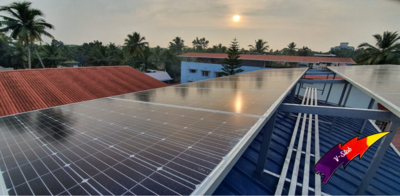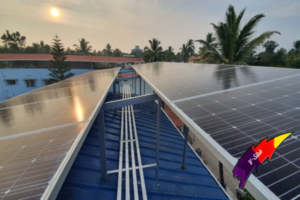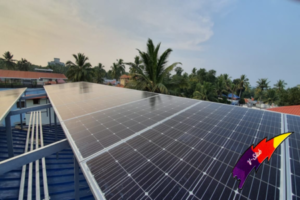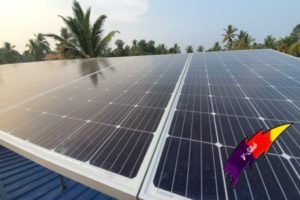How do solar panels work?
Solar panels work by absorbing sunlight with photovoltaic cells, generating direct current (DC)energy and then converting it to usable alternating current (AC) energy with the help of inverter technology. AC energy then flows through the home’s electrical panel and is distributed accordingly.
Here are the main steps for how solar panels work for your home:
- Photovoltaic cells absorb the sun’s energy and convert it to DC electricity
- The solar inverter converts DC electricity from your solar modules to AC electricity, which is used by most home appliances
- Electricity flows through your home, powering electronic devices
- Excess electricity produced by solar panels is fed to the electric grid





